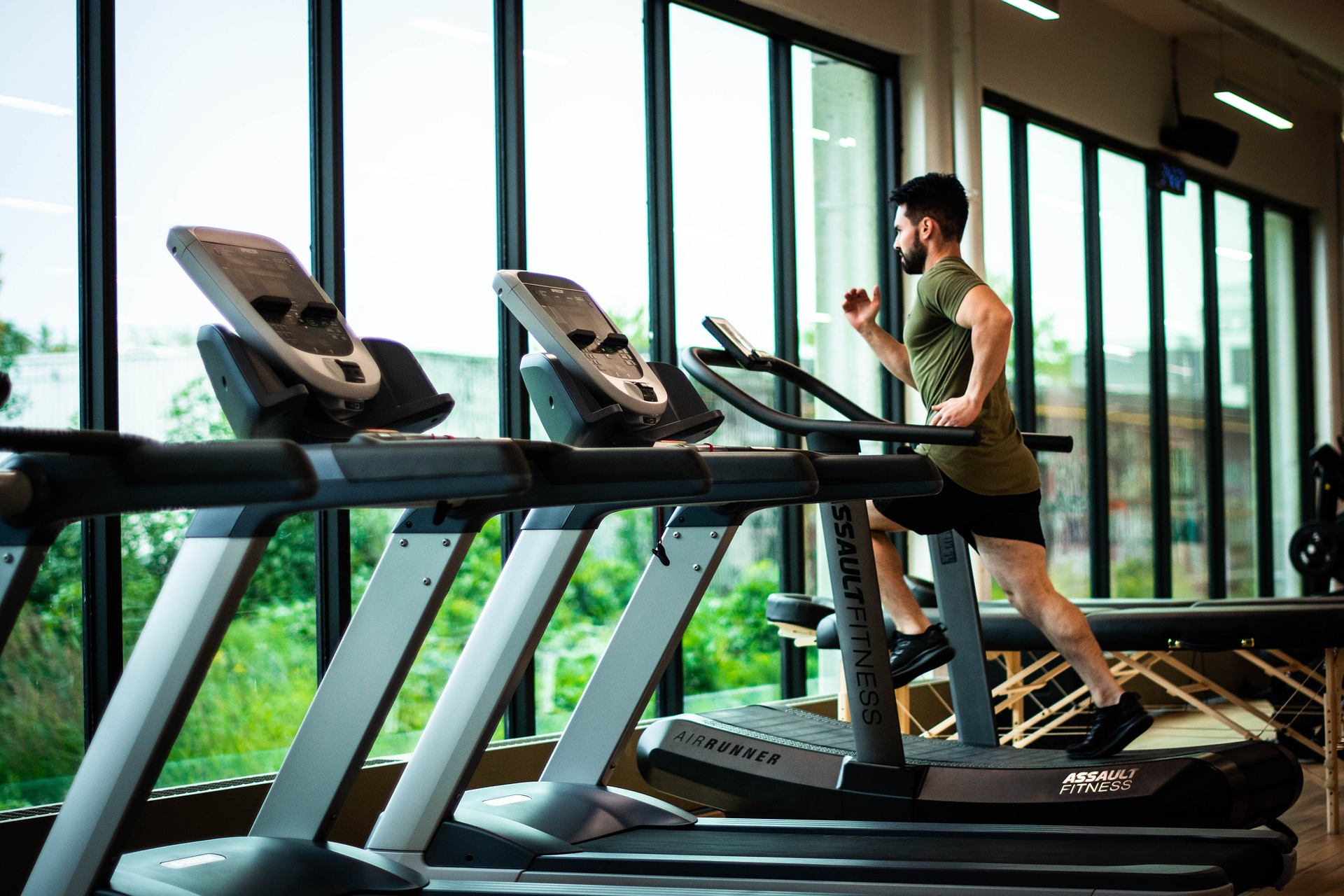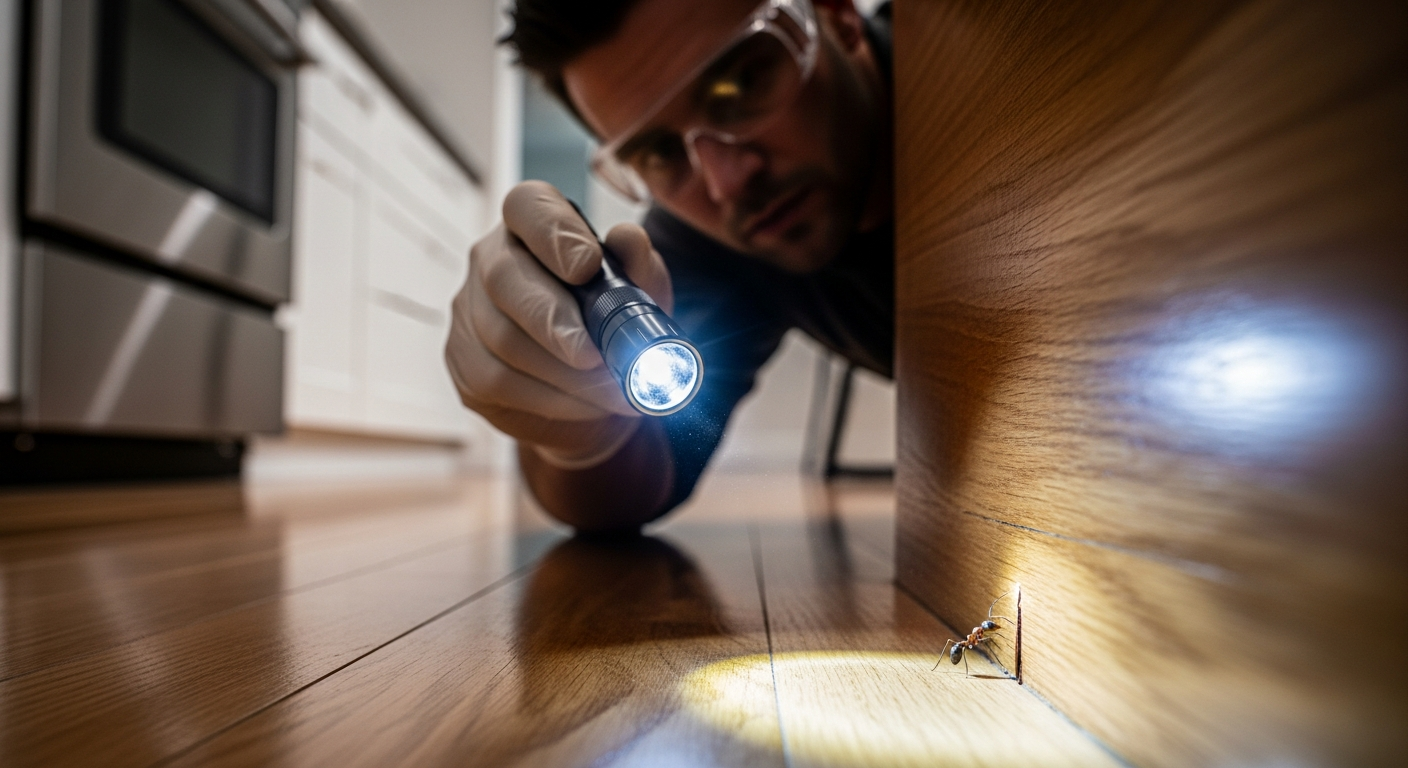Pioneering Pathways: Power and Grace of Pole Fitness
The beauty and fitness landscape is a vibrant canvas, continually evolving with new colors and textures. One of these captivating hues, blending strength, flexibility, and aesthetic allure, is pole fitness. This discipline, often misunderstood and overlooked, has been steadily gaining respect and recognition. Its history, current trends, and profound benefits make it a compelling topic to explore, particularly for those seeking a unique, empowering fitness journey.

Origins and Evolution: From Stigma to Strength
Pole fitness has a fascinating history, marked by a long journey from stigma to mainstream acceptance. Its roots trace back to the ancient Indian practice of Mallakhamb and the Chinese pole tradition in acrobatics. However, pole fitness as we know it today, took shape in the 1980s, when it started featuring in circus performances and nightclubs.
Despite its initial association with adult entertainment, pole fitness began to gain serious attention in the early 2000s. Recognition of pole dancing as a legitimate form of exercise and artistic expression led to the establishment of professional associations and competitions. Today, pole fitness is celebrated for its physical demands, artistic potential, and its ability to foster confidence and empowerment.
Current Trends: The Rising Star of Fitness
The pole fitness industry has seen notable growth and diversification in recent years. It is no longer confined to gyms or specialty studios but has found its way into home workout spaces, thanks to the rise of portable, easy-to-install poles. The proliferation of online classes and instructional content has further broadened its reach.
Moreover, pole fitness is increasingly being recognized for its holistic approach to wellness, blending physical conditioning with elements of dance, yoga, and mindfulness. This integration of strength, flexibility, creativity, and self-expression makes pole fitness a dynamic and engaging fitness option.
Pole Fitness: Benefits and Impact
Pole fitness offers an array of physical and psychological benefits. It combines cardio, strength training, and flexibility exercises, providing a comprehensive workout. The challenging nature of pole exercises also promotes functional strength, improving balance, coordination, and body awareness.
On the psychological front, pole fitness is a powerful tool for building confidence and self-esteem. It encourages body positivity, fostering a sense of empowerment and individuality. This unique blend of physical and emotional benefits has made pole fitness an appealing choice for many, contributing to its growing popularity and market relevance.
Pole Fitness: Evidence-Based Insights
Research supports the far-reaching benefits of pole fitness. A study published in The Journal of Strength and Conditioning Research found that pole fitness participants showed significant improvements in upper body muscular endurance, core strength, and flexibility.
Moreover, the psychological benefits of pole fitness, particularly in terms of body image and self-esteem, have been highlighted in multiple studies. These findings underscore the value of pole fitness as an effective, enjoyable, and empowering form of exercise.
The Future of Pole Fitness: A Path of Empowerment and Growth
The future of pole fitness looks promising. With increasing recognition of its benefits and the rising popularity of home workouts, the industry is poised for sustained growth. Moreover, initiatives to include pole fitness in the Olympics reflect its rising status in the fitness world.
Pole fitness is more than a trend—it’s a powerful testament to the evolution of fitness and self-care. It embodies the belief that beauty, strength, and confidence are intertwined, and that fitness can be a journey of empowerment, joy, and self-expression. It’s a pioneering pathway that invites us to redefine our notions of beauty and fitness, in a world that’s increasingly embracing diversity and individuality.




